Tasmania declares war on a cottage garden favourite
Foxgloves, with their tall flower spikes in shades of pink, white, mauve, yellow and peach, have been grown in gardens for generations – but in one Aussie state they’re no longer welcome.
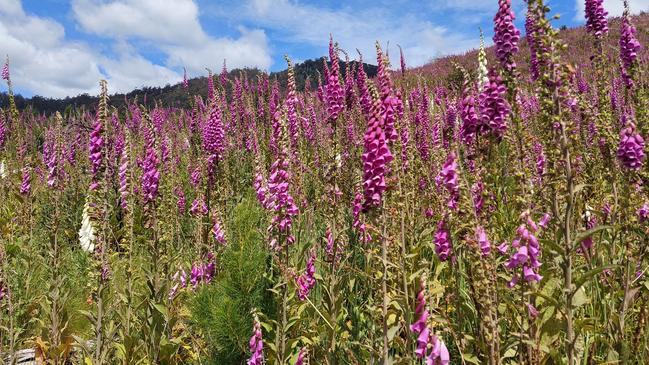
The pretty cottage garden perennial foxglove has been declared a pest in Tasmania following a weed assessment that found widespread naturalisation of common foxglove (Digitalis purpurea) as both an environmental and agricultural weed. Foxgloves, with their tall flower spikes in shades of pink, white, mauve, yellow and peach, have been grown in gardens for generations. As the source of cardiac glycosides that affect the heart muscles, foxgloves are also grown commercially for the pharmaceutical industry. All parts of the plants are extremely toxic to humans and animals, being absorbed even through the skin, and the toxicity is not diminished by drying or boiling. Since February 19, all species and varieties of Digitalis are prohibited from sale, trade, propagation and importation in Tasmania, except certain listed sterile varieties. These include Illumination, Knee High, Polkadot and Foxy series, still providing gardeners with choice. In designated areas near wilderness and nature reserves, all foxgloves will be targeted for elimination. Outside those areas, existing plants in gardens are allowed and need only be contained. For details of the program, go to nre.tas.gov.au/invasive-species/
What to plant
As an alternative to foxgloves, try these pretty cottage garden perennials …
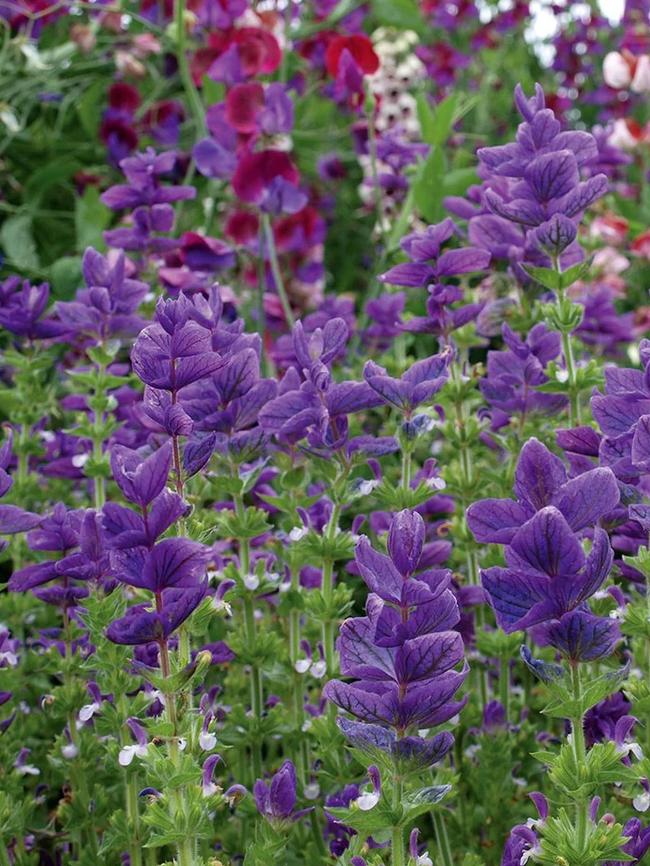
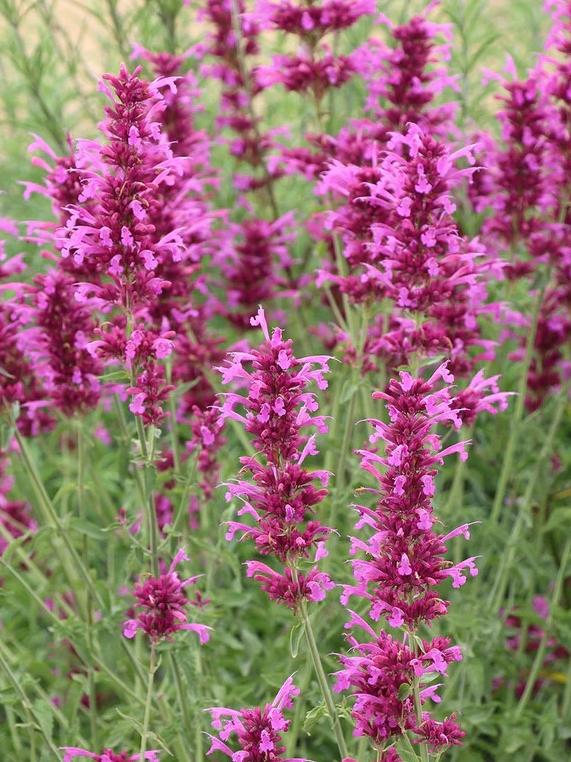
… with tall flower spikes, available from the Diggers Club.
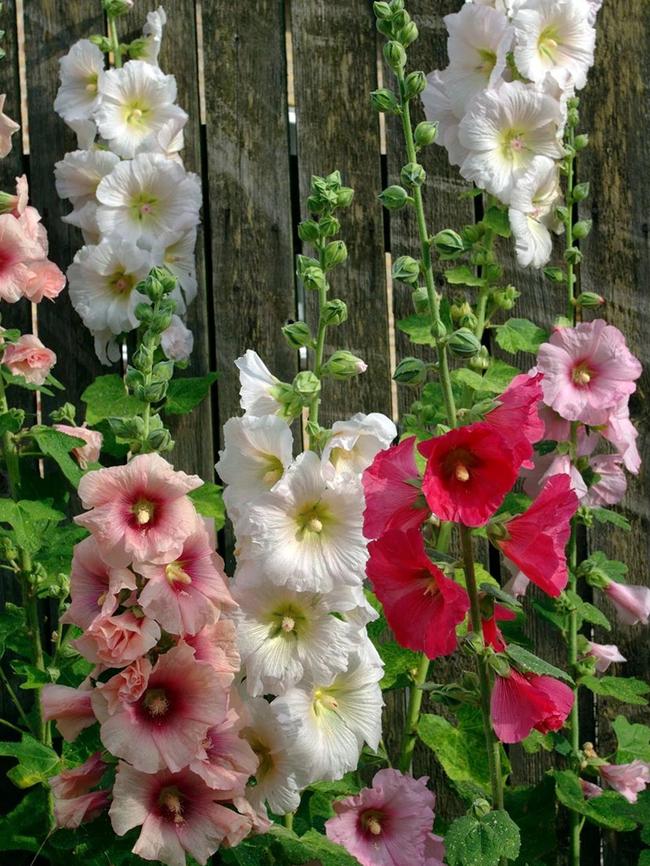
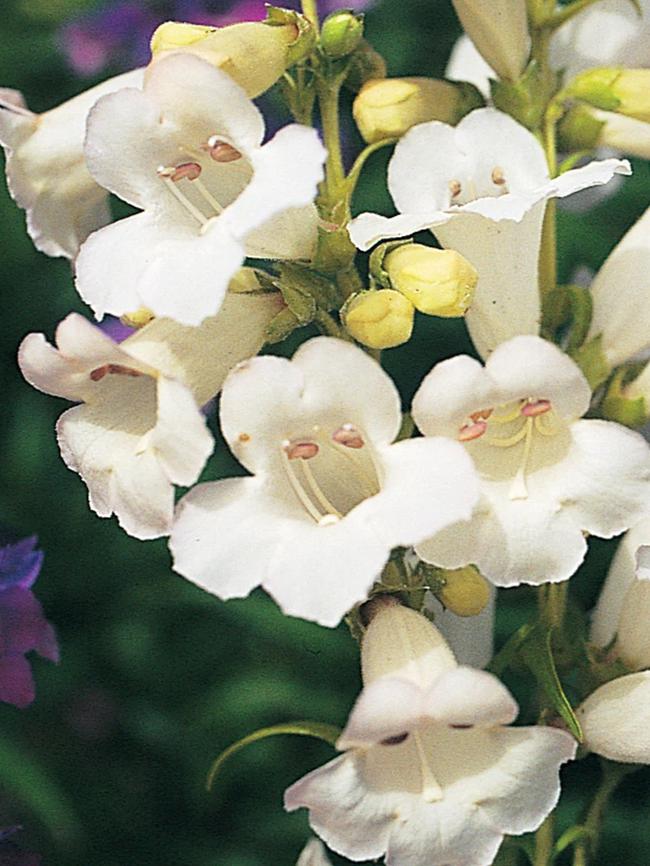
Q&A
My self-pollinating dragon fruit plant, which should fruit in summer, has had many flowers but few fruit, despite hand-pollinating and extra water. But last March, two fruit just appeared. Is it possible that our extremely hot summers are preventing fruit set, so it happens in cooler weather?
Karola Nejad, by email
Even for self-fertile plants, cross-pollination with another variety will improve fruit quantity, size and quality. High temperatures and low humidity do indeed hinder dragon fruit pollination, as do rain and seasonal variations. They prefer 20C-30C and high humidity. Their pollen viability is highest in the early evening, so hand-pollinate then.
For some years my agapanthus have been lush and green, and have flowered gloriously. But recently the lowest leaves have been yellowing and shrivelling with black spots. I even lost some, and I thought aggies were indestructible.
Ali McKenna, Adelaide
It is normal for the lowest leaves to yellow, shrivel and die; as clumps mature there are more of them to notice. Clumps should be lifted and divided every five years or so, in autumn. Agapanthus are nearly indestructible but have a serious problem with sap-sucking mealybugs. These white, fluffy, sticky pests can go undetected for years as they hide deep in the leaf bases; you might see some white residue on the leaves. They cause stunted and twisted foliage, weaken plants and can kill them. Remove badly affected plants, and spray or drench others with Eco-Neem. Agapanthus can also develop fungal problems if overwatered – look for mushy areas at the base.
Is it true that cutting the flowers off my basil plants will prolong their life?
Edward Brown, by email
Basil is an annual – which means it grows, flowers, sets seed and dies in less than a year. Snipping off flower buds delays the process by delaying the end stage of seed formation. Your plants will continue to develop flowers, so you need to keep removing the buds. However, once the weather turns cold, the plants will die anyway.

Send your questions to: helenyoungtwig@gmail.com The best question for March will win a pair of iconic, Swiss precision Felco 2 secateurs and a Felco 910 holster worth $169 (heiniger.com.au/felco)



To join the conversation, please log in. Don't have an account? Register
Join the conversation, you are commenting as Logout